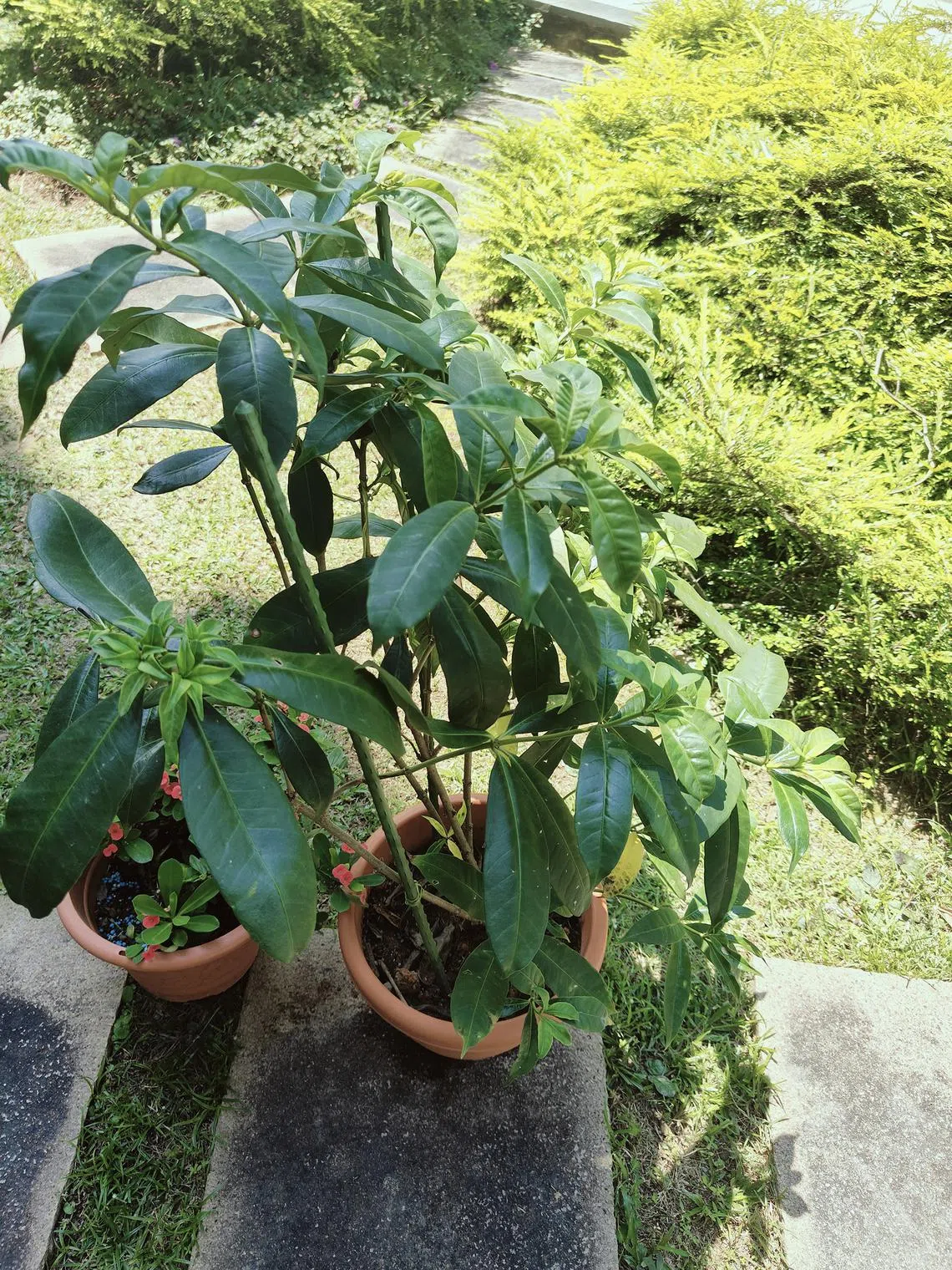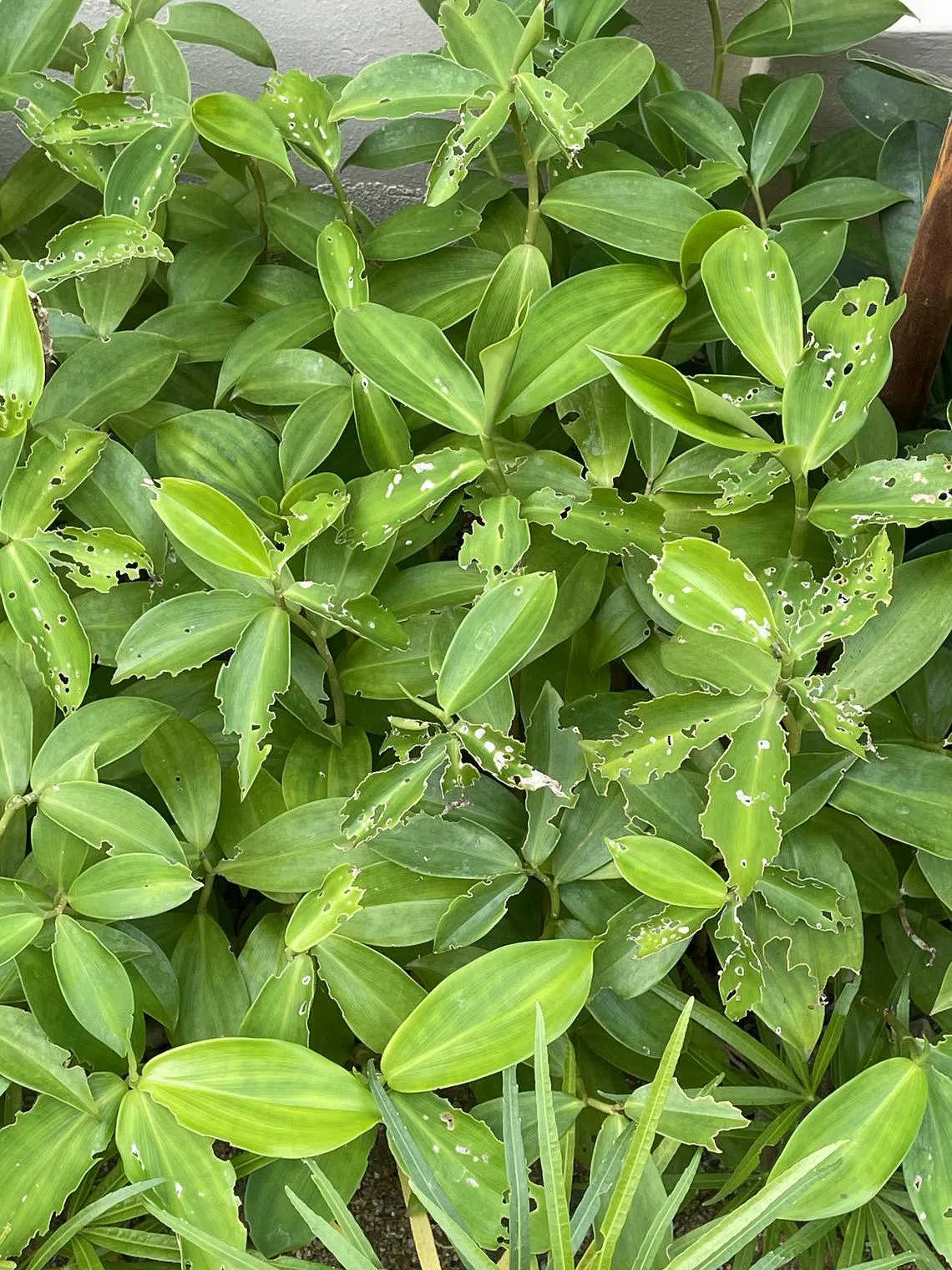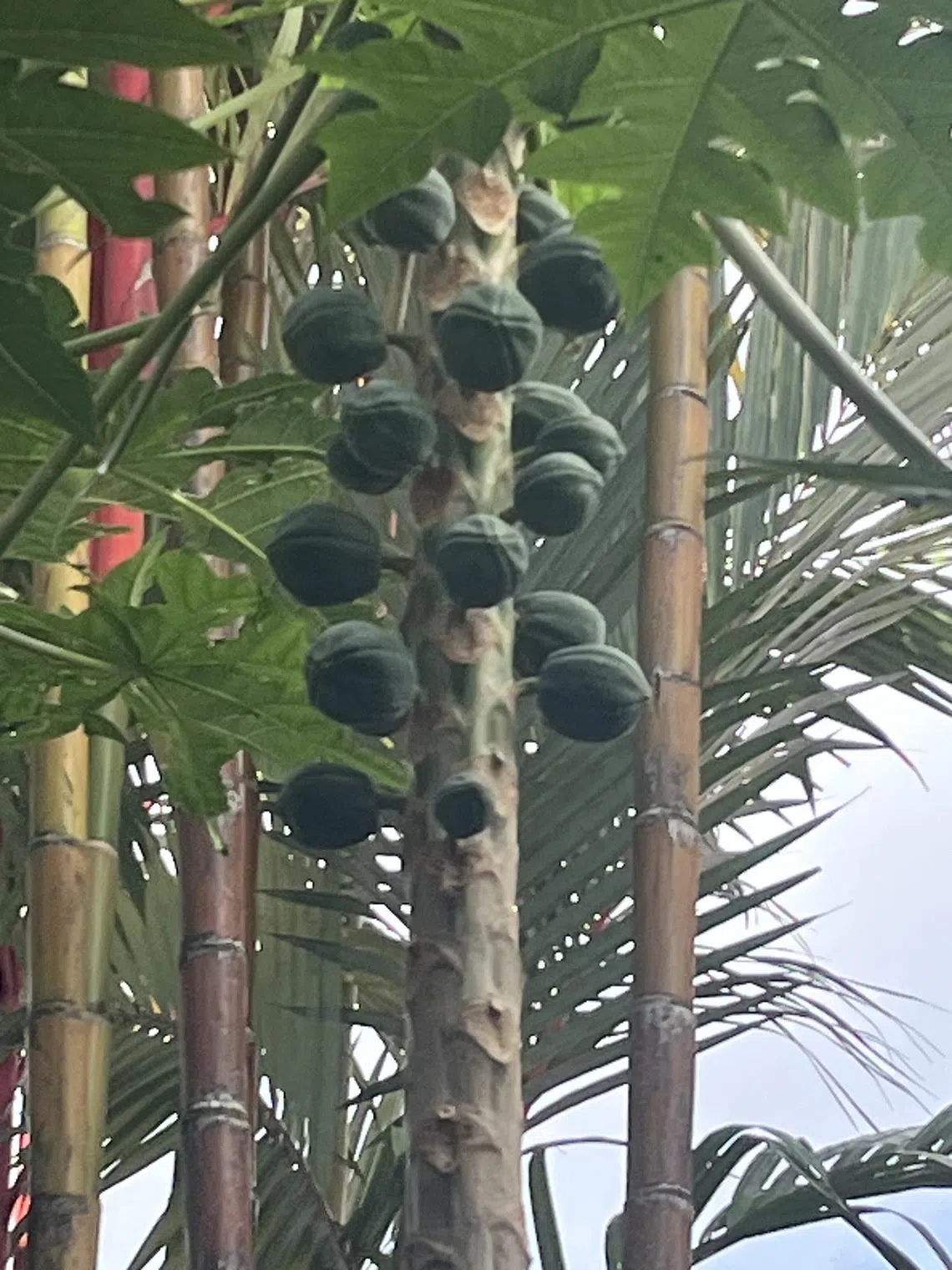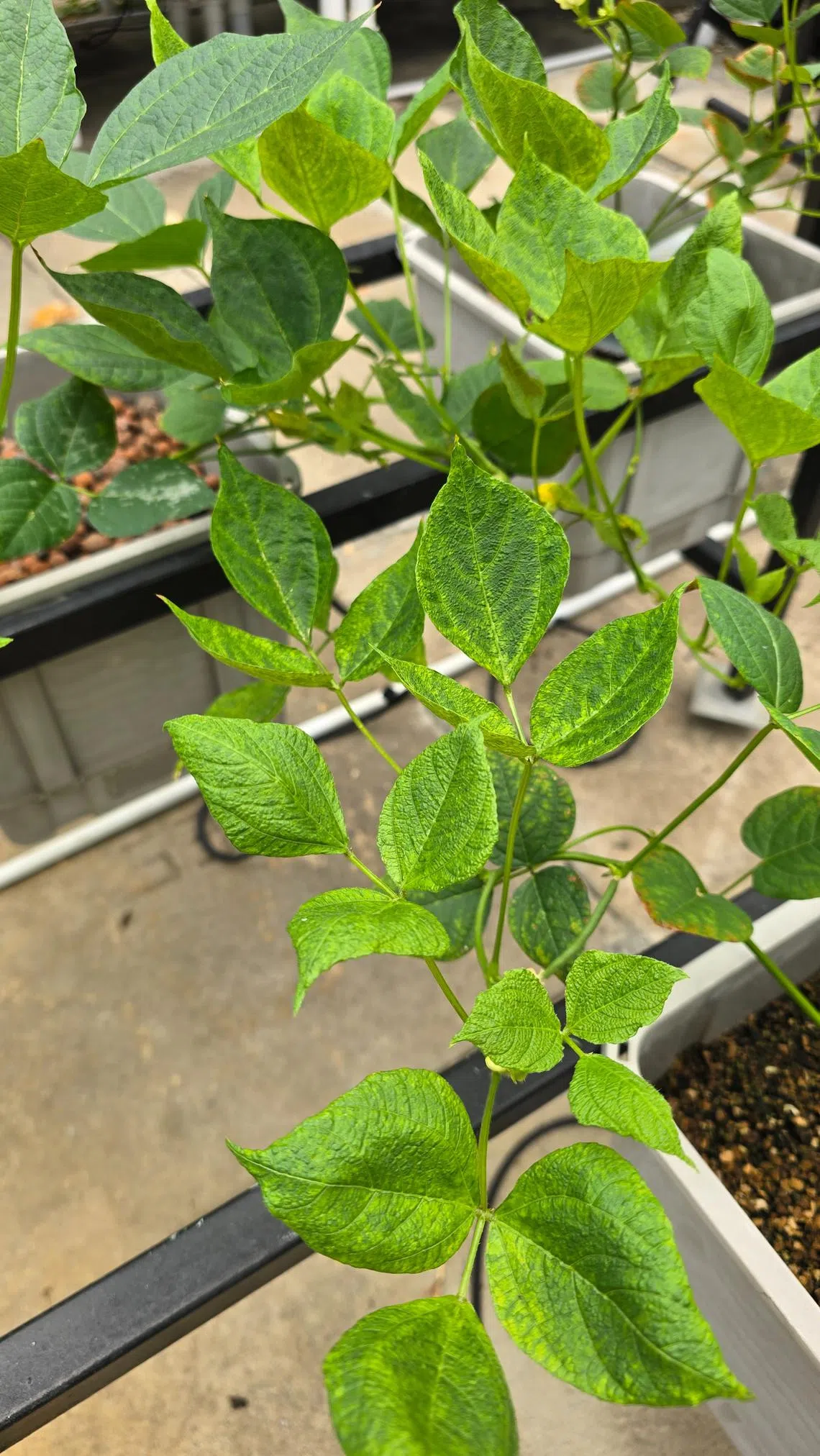Root Awakening: Give fern good light, enough moisture
Sign up now: Get ST's newsletters delivered to your inbox

Make sure the plant is not exposed to wind, which can dry it out.
PHOTO: MARIE NICOLETTE LIM
Wilson Wong
Follow topic:
Do not let Boston Fern dry out
How do I take care of this fern?
Marie Nicolette Lim
Your plant is the Boston Fern (Nephrolepis exaltata). It needs filtered sunlight for four to six hours daily. It is not an indoor plant that can be placed in a dark corner, as a lack of sun will kill the leaves. If it is placed in deep shade, move it to a brighter site.
It should be kept moist at all times. Also, it should not be grown in a spot that is too windy, as constant winds can dry the plant out.
If the plant is pot-bound – that is, its roots have filled the pot – and dries out too fast, move it into a larger pot. The increased soil volume will help the plant retain more water.
Flowers are produced on new plant growth

Consider providing the plant with a support structure, like a trellis.
PHOTO: PAMELIN HO
My plant gets direct sunlight and is thriving, but it has not produced flowers for two years. I prune it frequently.
Pamelin Ho
The Golden Trumpet Plant (Allamanda cathartica) is often planted in local outdoor gardens with full sun. Make sure your plant is getting enough light.
Some cultivars of this plant produce long stems, with flower buds on new growth. You may need to wait for the plant to grow and provide a support structure, like a trellis. Frequent pruning will prevent the production of flower buds.
Costus plant may be infested with pests

Reapply contact pesticides after rainy periods.
PHOTO: YEW LENG LEE
What is wrong with my Costus woodsonii?
Yew Leng Lee
Your plant seems to have an infestation of chewing pests, as evidenced by the holes in the leaves. Find out what type of pest is causing the damage. Some are active only at night or in wet weather, so you may want to monitor your plant during those times.
Chewing insects such as beetles may be the culprit. Repeated application of common chemical pesticides such as cypermethrin can be used to control their population.
Contact pesticides will need to be reapplied occasionally, as they can be washed away by rain. Spray such chemicals later in the day when the weather is cooler and when beneficial insects are less active.
Papaya may have ‘cat face’

The condition, also known as carpellody, is specific to the papaya.
PHOTO: TERENCE NG
I brought papaya seeds back from Hawaii. The plants yield fruit, but these do not grow or ripen. Could it be nutritional deficiencies?
Terence Ng
The problem you are having with your papaya cannot be diagnosed with certainty.
It may be a case of “cat face” – also known as carpellody – that is specific to the papaya. Affected fruit are reportedly round, as opposed to the regular pear shape, and have distinct longitudinal ridges or seams. They come about when the plant’s male parts (stamens) develop abnormally and are influenced by genetics and environmental factors such as high moisture and nitrogen levels.
This issue could be due to the wet season, the type of fertiliser given or the fertilising regimen. Use a fertiliser that contains the full range of nutrients needed for healthy and robust growth. Do not rely only on organic fertilisers, which tend to be richer in nitrogen and may not provide other nutrients that the plant needs.
Red bean plant may be stressed

Make sure the plant’s soil is not too wet or dry, and that it has enough light.
PHOTO: ADRIAN LING
My red bean plant is under attack from spider mites. I use soap and sometimes Spinosad to treat the issue. Are these the right things to use? What else can I try?
Adrian Ling
Abamectin may be a better pesticide to get rid of spider mites. It can be used in rotation with summer oil for better management of the infestation.
Spider mite infestation usually arises due to plant stress. Make sure your plant’s soil is neither too wet nor too dry, and that it has ample sunlight. Also, make sure it is in a fauna-friendly environment that allows beneficial predators to suppress the pest population.
Answers by Dr Wilson Wong, an NParks-certified practising horticulturist and parks manager. He is the founder of Green Culture Singapore and an adjunct assistant professor (Food Science & Technology) at the National University of Singapore.
Have a gardening query? E-mail it with clear, high-resolution pictures of at least 1MB, if any, and your full name to . We reserve the right to edit and reject questions.

